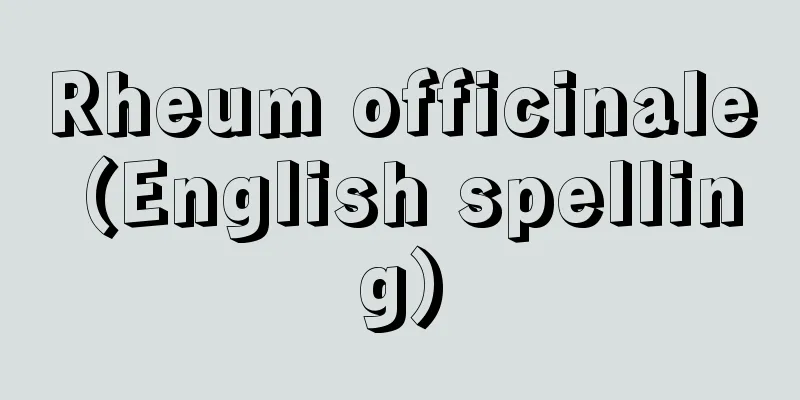Imperial History View

|
The Emperor-centered ultra-nationalistic view of Japanese history became the state religion during the Asia-Pacific War. Its roots can be traced back to the Sonnjo ideology of the late Edo period, Hirata Kokugaku, and Meiji nationalism, but it particularly refers to the view advocated by Hiraizumi Kiyoshi and others in the early Showa period. Hiraizumi and others, who felt a growing sense of crisis about the development of materialistic historical studies, emphasized the superiority of the "national polity" of "unbroken imperial line" and Japanese history that developed around it, and tried to provide historical justification for the idea of the "Greater East Asia Co-Prosperity Sphere." In that sense, the Imperial view of history was not only unscientific, but also a self-righteous, self-centered view of history, an ideology that supported the Emperor system and imperialism. Hiraizumi and his followers were deeply connected to the military and the Ministry of Education during the war, and had a strong influence on the public's view of history. Following Japan's defeat in the war, the Imperial History View lost its reason for existence and rapidly disappeared due to the progress of scientific research into Japanese history. However, some of Hiraizumi's followers became textbook inspectors for the Ministry of Education (now the Ministry of Education, Culture, Sports, Science and Technology) and persistently continued to work to preserve the Imperial History View. [Keiji Nagahara] "Keiji Nagahara's Imperial History View (1983, Iwanami Shoten)" Source: Shogakukan Encyclopedia Nipponica About Encyclopedia Nipponica Information | Legend |
|
アジア太平洋戦争期にいわば国教化した天皇中心の超国家主義的日本史観。その根源は幕末の尊攘(そんじょう)思想、平田国学、明治の国粋主義などまでさかのぼりうるが、とくに昭和前期平泉澄(ひらいずみきよし)らにより提唱されたものをさす。唯物史観歴史学の発展に対し危機意識を強めた平泉らは、「万世一系」の「国体」とそれを基軸として展開してきたとみる日本歴史の優越性を強調し、「大東亜共栄圏」思想に歴史的裏づけを与えようとした。その意味で皇国史観は非科学的であるのみならず、独善的な自国中心の歴史観で、天皇制と帝国主義を支えるイデオロギーであった。平泉やその追随者たちは戦時中軍部・文部省と深く結び付き、国民の歴史観に強い影響を与えた。敗戦に伴い皇国史観はその存在理由を失うとともに、日本歴史の科学的研究の進展で急速に消滅に向かうが、平泉の追随者のなかには文部省(現、文部科学省)の教科書調査官などとなって、皇国史観の温存を図る動きを根強く続ける者もいた。 [永原慶二] 『永原慶二著『皇国史観』(1983・岩波書店)』 出典 小学館 日本大百科全書(ニッポニカ)日本大百科全書(ニッポニカ)について 情報 | 凡例 |
Recommend
Exciter - Kishinki (English spelling)
A device that applies a force that changes in a si...
Doberman pinscher (species)
A police dog (illustration) originating from Germa...
Mori Shuntou
Year of death: November 21, 1889 Year of birth: Bu...
NSC (Intelligence Agency)
...OSS was dissolved in September 1945, but was r...
Lowell, James Russell
Born: February 22, 1819, Cambridge, Massachusetts ...
Sandan no mai - Sandan no mai
The name of a dance in Noh and Kyogen. In Noh, it ...
Chasseriau
French painter. Born in Samaná, Santo Domingo, Wes...
Gattamelata - Gattamelata
...From the end of the 14th century to the 16th c...
Bloodline - Ketsumyaku
〘Noun〙① Tubes through which blood flows in the bod...
Weightlifting
Also known as weightlifting. A competition in whic...
Archimedes - Arukime (English spelling)
Archimedes was an ancient Greek scientist, mathem...
Workers and peasants
〘noun〙 Workers and farmers. Source: The Selected E...
Olive (manga) - Olive
...He soon became the protagonist of a comic stri...
Gentleman's Magazine
…This magazine, edited by the writer Jean Donneau...
Kotaro Hiraoka
Year of death: October 24, 1906 (Meiji 39) Year of...









